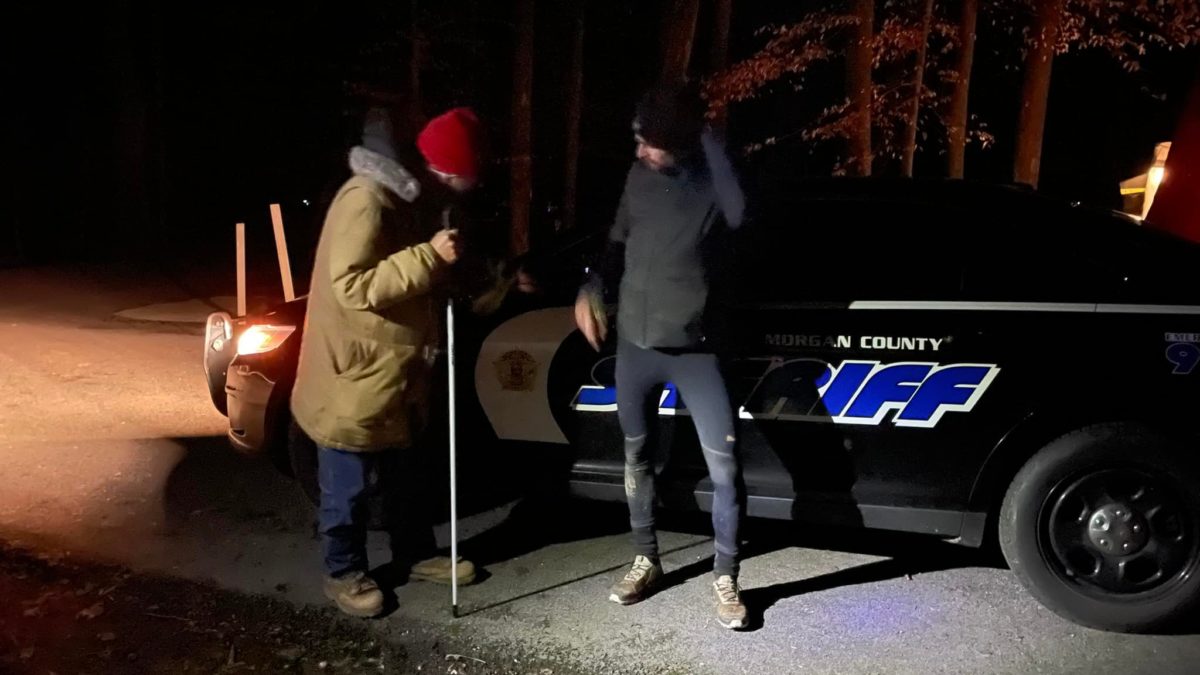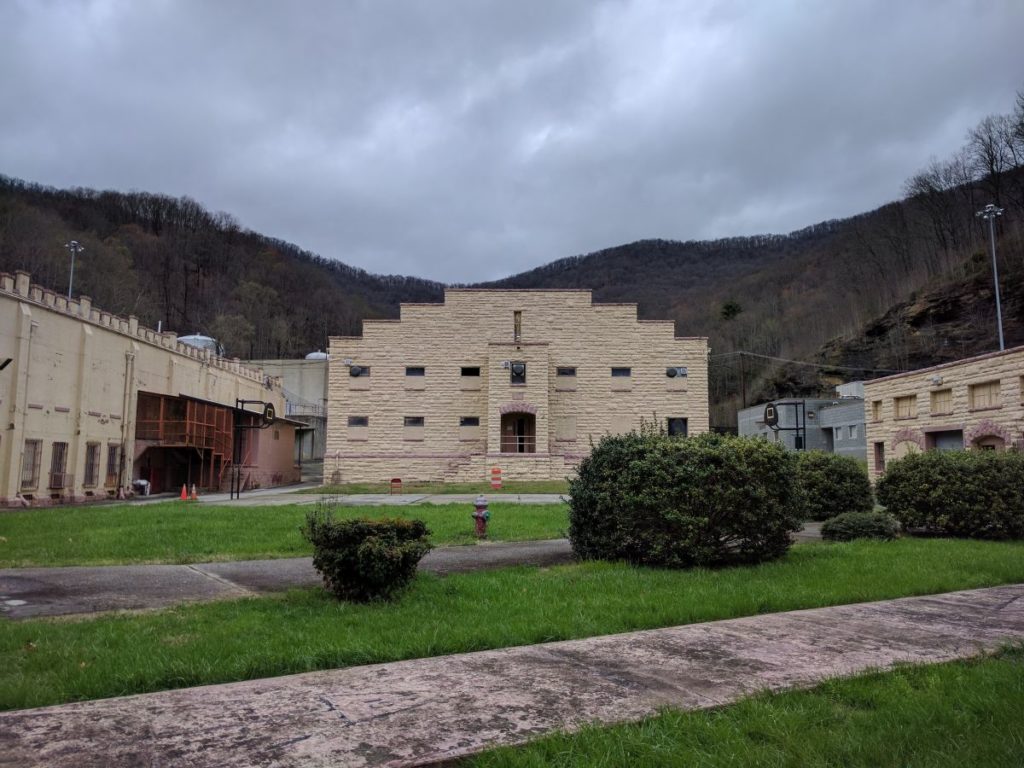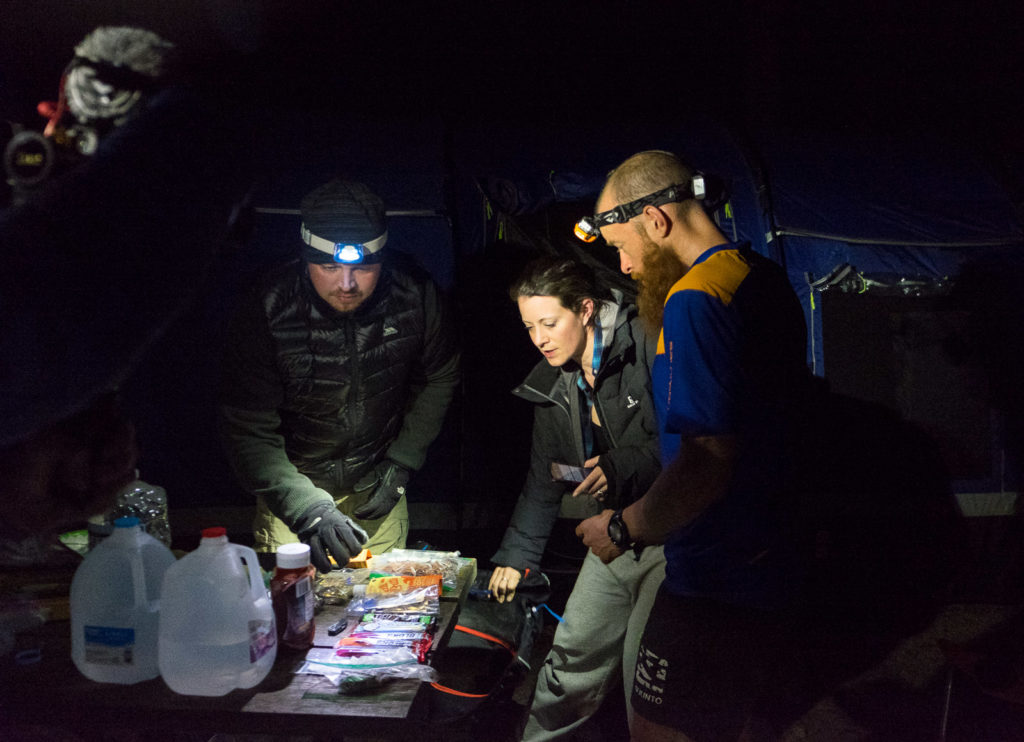Karel Sabbe recaps his wild fourth-loop experience at Barkley Marathons
His fourth loop included chatting with trash cans, seeing ghosts and eventually, getting picked up by the police
 Photo by:
Alex Holl / Facebook
Photo by:
Alex Holl / Facebook
Karel Sabbe was making great progress after three loops at the Barkley Marathons, leading the race with almost four hours to spare for the final two loops. The fourth loop took him on a journey that will go down as one of the wildest in Barkley Marathons history, which included chatting with trash cans, seeing ghosts and eventually, getting picked up by the police.
At the Barkley, all runners have 60 hours to finish five 20-mile loops of unforgiving terrain in Tennessee’s Frozen Head State Park while using their orienteering skills to navigate the course, which is not marked. GPS watches are not allowed, as each runner is issued a Casio watch with very little functionality. To finish the Barkley, runners will have to go without sleep for 55 to 60 hours.
According to his post, Sabbe was feeling confident heading into loop four. He collected the first six of nine books without any issues but began experiencing some hallucinations as the night progressed. On his way to finding the seventh book, he took a wrong turn. The hallucinations began as Sabbe was not able to understand his compass or read the direction of the river. Sabbe headed west until see saw something familiar, ending up at the prison, which was the moment he realized his race was over.

The prison is a significant landmark at the Barkley that helped inspire the race, as runners have to jump into the river and wade through a tunnel beneath Brushy Mountain State Penitentiary. Laz was inspired to create the race by the 1977 escape of James Earl Ray, who assassinated Martin Luther King Jr. in 1968, from the prison. (Laz, an ultrarunner himself at the time, figured if it were he who escaped, he’d get a lot farther than Ray, who was recaptured eight days later, having travelled only 19 kilometres.
According to the American Sleep Association, visual hallucinations, which are very common among ultrarunners who must race through the night, start to occur after 24 hours of sleep deprivation, and become increasingly likely after 36 hours without sleep.
A police car pulled up to Frozen Head at 5:00 this morning. The sheriff had been called for a "woman dressed as an Indian" who was scaring the village of Petros. It was Karel Sabbe, after getting lost during his 4th loop… and so the Barkley 2022 will not have a finisher. pic.twitter.com/7TP7bNO5aW
— Alexis Berg (@Bergalx) March 10, 2022
Sabbe still had to get back to camp, hiking his way into the nearby town of Petros, Tenn. at approximately 3 a.m. His hallucinations worsening, he was eventually picked up by a police officer who knew about the Barkley, and who returned him to Frozen Head, where his race officially came to an end.

Sabbe noted at the end of his post that he is confident that he can become the 16th person to complete the Barkley Marathons, which has not been done since John Kelly in 2017.


